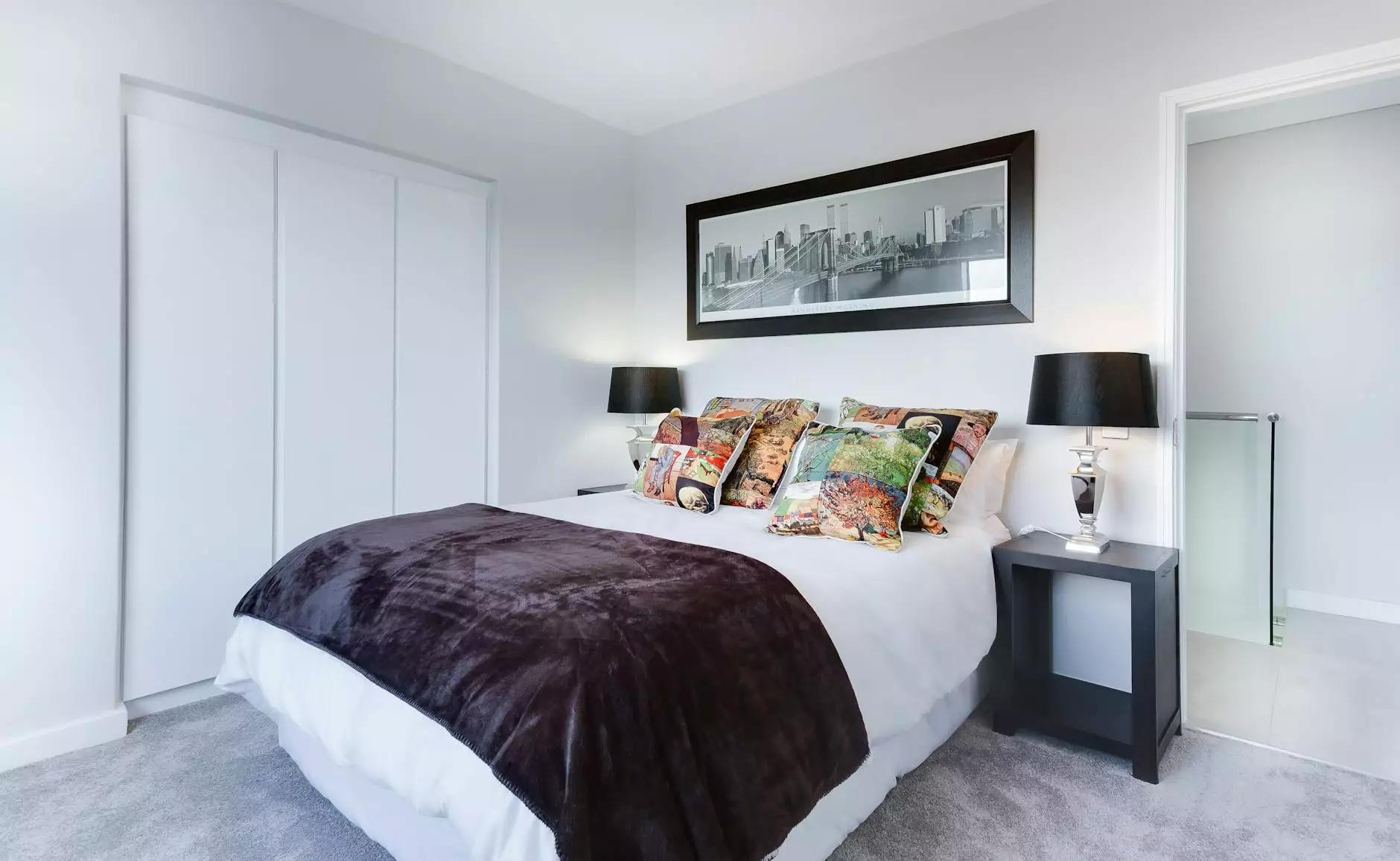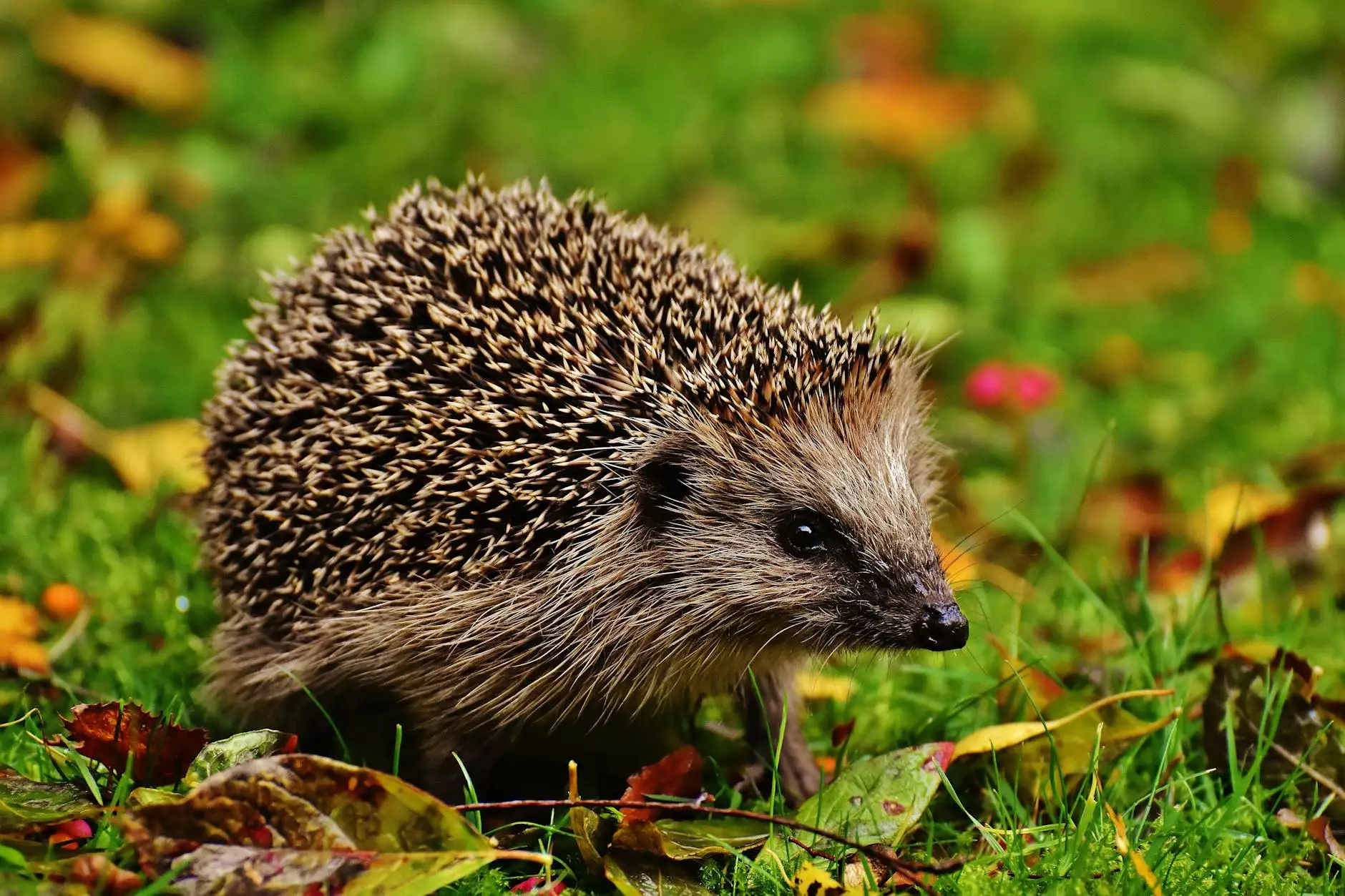Comprehensive Guide to Varicose Veins: Causes, Symptoms, and Treatment Options

Varicose veins are a common vascular condition affecting millions of people worldwide. Despite being often considered merely a cosmetic issue, varicose veins can lead to significant health complications if left untreated. Understanding the underlying causes, recognizing the symptoms, and exploring effective treatment options are essential steps toward maintaining healthy veins and overall well-being. At Truffle Vein Specialists, we provide expert care in vascular medicine, specializing in diagnosing and treating varicose veins with state-of-the-art techniques.
What Are Varicose Veins?
Varicose veins are enlarged, twisted veins that are visible just beneath the skin's surface. They typically occur in the legs, where the pressure exerted by standing and walking is the greatest. Due to weakened or damaged vein valves, blood can flow backward and pool within the veins, causing them to bulge and become varicose. These veins often appear as blue or dark purple cords resembling rope-like structures on the legs, impacting both the appearance and health of affected individuals.
Understanding the Varicose Veins Causes, Symptoms, and Treatment
Causes of Varicose Veins
The development of varicose veins is influenced by multiple factors. The primary cause is chronic venous insufficiency, where the valves in the veins fail to function properly, allowing blood to flow backward and pool. Key causes include:
- Genetics: A family history of varicose veins increases risk, indicating a genetic predisposition to vein weakness.
- Age: As we age, vein elasticity diminishes, and valves weaken, making varicose veins more likely.
- Gender: Women are more prone, partly due to hormonal changes during pregnancy, menstruation, or menopause that affect vein walls.
- Pregnancy: Increased blood volume and hormonal shifts during pregnancy place additional pressure on leg veins.
- Obesity: Excess weight increases pressure on lower limb veins, heightening the risk.
- Prolonged Standing or Sitting: Occupations or lifestyles that entail extended periods of inactivity impede blood flow and promote vein dilation.
- Lack of Physical Activity: Sedentary lifestyles weaken calf muscles that assist vein blood flow, predisposing individuals to varicose veins.
These factors compromise the integrity of venous valves or cause mechanical pressure on veins, resulting in vein dilation and varicosity.
Symptoms of Varicose Veins
Recognizing symptoms early can help in prompt management, preventing progression to more serious conditions such as skin ulcers or deep vein thrombosis. Typical symptoms include:
- Visible enlarged veins: Twisted, bulging veins that are often blue or purple in color.
- Heaviness and Fatigue: A feeling of heaviness in the legs, especially after prolonged standing or sitting.
- Swelling: Edema in the lower limbs, mainly around the ankles and calves.
- Burning, Aching, or Throbbing: Discomfort that worsens as the day progresses.
- Itching and Skin Changes: Persistent itching or skin discoloration around the affected veins.
- Cramps and Restless Legs: Nighttime cramps or a sensation of restless legs are common complaints.
- ulcers or skin sores: In severe cases, skin ulcers or dermatitis may develop due to chronic venous hypertension.
When to Seek Medical Attention
Although many cases of varicose veins are benign, persistent symptoms or signs such as skin ulcers, significant pain, or discoloration warrant consultation with a vascular specialist. Early intervention can prevent complications and improve quality of life.
Effective Treatment Options for Varicose Veins Causes, Symptoms, and Treatment
Conservative Management
Initial management often involves lifestyle changes to alleviate symptoms and slow progression. These include:
- Regular exercise: Activities like walking, cycling, or swimming strengthen calf muscles, facilitating blood flow.
- Compression stockings: Designed to compress the veins, improving blood circulation and reducing swelling and discomfort.
- Weight management: Maintaining a healthy weight reduces pressure on leg veins.
- Elevating legs: Elevating legs above heart level during rest minimizes venous pressure.
- Avoiding prolonged standing or sitting: Frequent movement prevents blood pooling.
Minimally Invasive Medical Procedures
When conservative measures are insufficient, advanced medical interventions provide lasting solutions. These treatments are performed by vascular specialists at specialized clinics like Truffle Vein Specialists and include:
- Endovenous Laser Ablation (EVLA): Utilizes laser energy to close off faulty veins, redirecting blood flow to healthy veins, with minimal discomfort and quick recovery.
- Radiofrequency Ablation (RFA): Similar to EVLA but uses radiofrequency energy to achieve vein closure effectively.
- Microphlebectomy: A surgical procedure removing large, visible varicose veins through tiny skin incisions.
- Sclerotherapy: Involves injecting a foam or liquid sclerosant into smaller varicose veins, causing them to collapse and be absorbed by the body.
- Vein Stripping and Ligating: More invasive, reserved for severe cases, involves removing or tying off affected veins through incisions.
Advanced Vascular Medicine at Truffle Vein Specialists
Our clinic offers state-of-the-art techniques, ensuring comprehensive evaluation and individualized treatment plans. With a focus on minimally invasive procedures, we aim to provide long-term relief and improved vascular health. Our team of expert physicians uses high-resolution ultrasound diagnostics to precisely target problematic veins, guaranteeing optimal outcomes with minimal downtime.
Prevention and Long-Term Management of Varicose Veins
Prevention is always preferable to treatment. Strategies for reducing varicose veins causes, symptoms, and treatment include:
- Maintaining an active lifestyle: Regular physical activity enhances leg muscle tone and promotes healthy circulation.
- Healthy weight: Staying within an ideal weight range minimizes undue pressure on leg veins.
- Proper posture: Avoiding prolonged periods of immobility and incorporating movement into daily routines.
- Wearing compression stockings as advised: Especially during pregnancy or long-duration standing tasks.
- Avoiding high heels: Flats or low-heeled shoes facilitate muscle pump function.
Early detection and intervention, combined with lifestyle modifications, significantly reduce the risk of complications such as skin ulcers, bleeding, or deep vein thrombosis.
Why Choose Truffle Vein Specialists for Vascular Medical Care?
At Truffle Vein Specialists, our mission is to provide comprehensive vein care backed by advanced technology and experienced vascular physicians. We understand that each patient is unique, requiring tailored treatment strategies that combine efficacy with comfort and safety. Our focus on minimally invasive procedures ensures quicker recovery, less discomfort, and better long-term outcomes. Trust us to help you reclaim healthy veins, alleviate symptoms, and enhance your quality of life.
Summary
In summary, varicose veins causes, symptoms, and treatment encompass a complex interplay of genetic, lifestyle, and physiological factors. Early recognition and intervention are crucial to prevent disease progression and complications. Modern minimally invasive techniques, combined with lifestyle modifications, offer effective relief and long-term vascular health. Consulting a trusted vascular specialist like Truffle Vein Specialists ensures that you receive personalized, evidence-based care designed to restore healthy blood flow, diminish discomfort, and improve your overall well-being.
Take Action Today
If you're experiencing symptoms or risk factors associated with varicose veins, do not wait for the condition to worsen. Reach out to our expert team at Truffle Vein Specialists for a thorough evaluation and innovative treatment options. Remember, healthy veins contribute significantly to vitality, mobility, and confidence. Take the first step towards healthier legs today!
varicose veins causes symptoms and treatment









